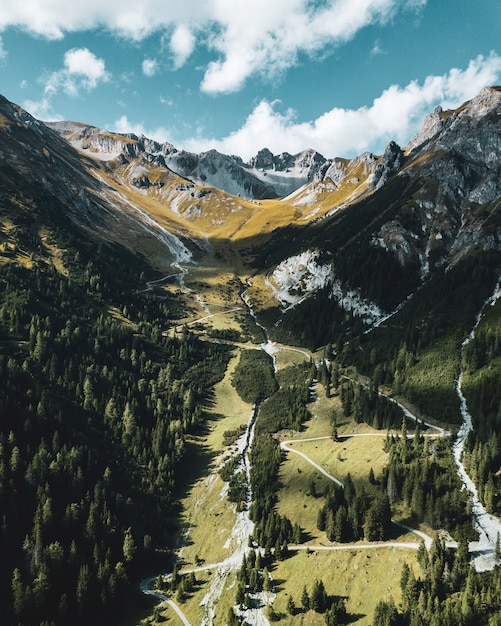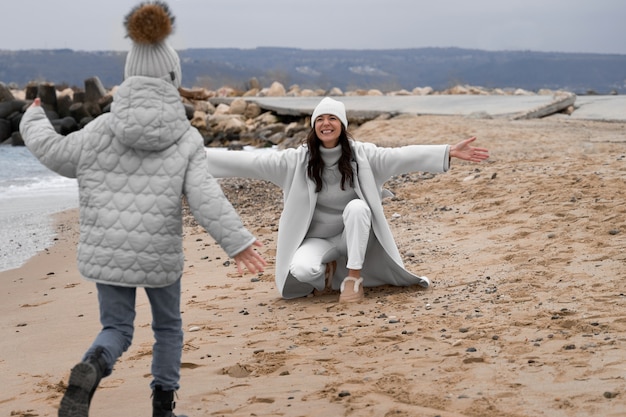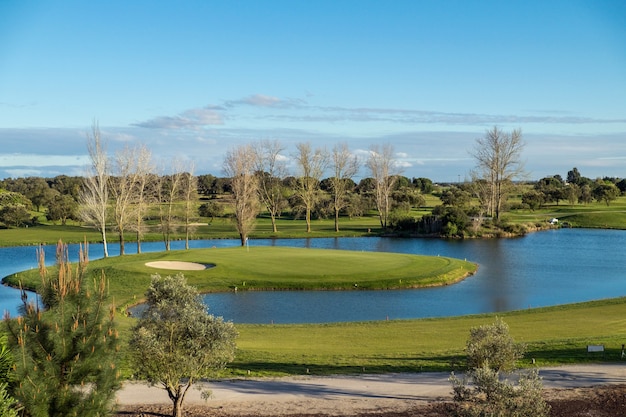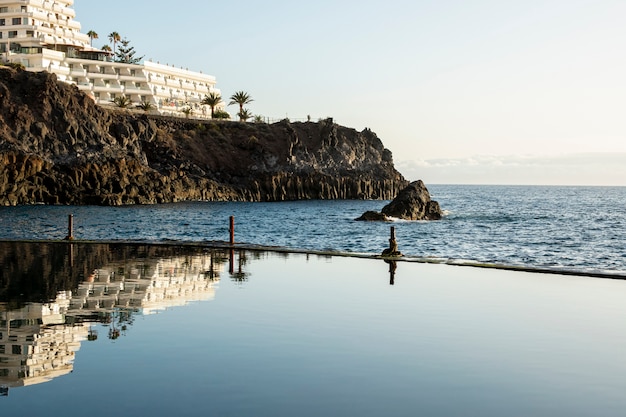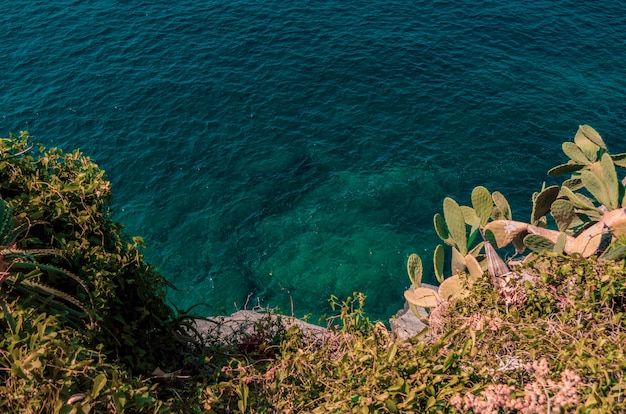
The Minister of Tourism encouraged us to help the world dream about Greece during the opening night party for the TBEX travel bloggers conference in Athens. This lively Greek capital warmly welcomed over 500 travel bloggers to help shift perceptions about Greece’s offerings. The city was eager to highlight its delicious food and share its stories.
Greece had faced challenging times, with news filled with reports of strikes and public protests. The government had to take drastic measures to balance the budget, affecting pensioners, students, and families. However, during our visit to Athens, we sensed a renewed energy as Greece moved past its difficulties and looked forward. Local tourism businesses came together to showcase their best, and at the opening party, restaurants and food businesses impressed us with a feast of Greek cuisine and enterprise.
At the Technopolis cultural center, I explored stands of food and drink, sampling products from various Greek regions. I tasted naturally matured prosciutto and salamis from Central Greece, paired with Verve natural juices in blends of apple, celery, melon, and ginger. I enjoyed Greek wines from Papaioannou Wines and miniature hot dogs from ManhManh, a local restaurant offering modern twists on Greek regional dishes.
Aleria, another local Athens restaurant, served a delectable Halva mousse, and I received a bag of traditional Loukoum sweets, perfumed with rosewater, coated with coconut, and dripping with syrup. I couldn’t resist eating the entire bag as a late-night snack in my hotel room.
During the day, I joined the Athens Food Tour with Big Olive, a new business run by young Athenian entrepreneurs. Although Big Olive no longer offers food tours, I recommend this tour for its 8-10 tastings that provide a great overview of Athens’ food scene.
Our gastronomic walking tour began with desserts, even though Greeks typically enjoy yogurt and honey for breakfast and cakes in the afternoon. At Stani, a family-run dairy cafe near Omonia Square, we sampled creamy Greek yogurt, honey, and sweet treats like Loukoumades, Galaktobureko, and Moustalevria. The yogurt, made from sheep’s milk, was bathed in honey and sprinkled with walnuts.
Next, we tasted olives and olive oils, along with traditional Koulourakia biscuits. We sipped LIA extra virgin oil from Messinia and sampled Kalamata and Amphisa olives. The olive, a symbol of peace and prosperity in Greece, is also a symbol of regeneration, as it can grow back after a forest fire.
Our tour continued through the Central market on Athinas Street, known as Varvakios Agora. We saw stands of fish and meat, with vendors calling out to customers. The market, originally located within an archaeological area, was moved in the 1880s to allow excavations. A fire forced traders to relocate to the new market.
We then visited Feyrouz Lahmajoun, a family venture featuring flatbreads of Antiochia. The shop, named after the owner’s mother and a famous Lebanese singer, offered various flatbreads with toppings like minced meat and vegetables. We enjoyed warm Peinirli pies and sipped perfumed Turkish tea.
Our next stop was Karamanlidika, a cafe/deli specializing in cheese and charcuterie. The place resembled a classy village taverna, with strings of sausages, garlic, and chillis hanging above the counter. We sampled hams with a thick red coating of spices, Meze like stuffed vine leaves, and matured cheese.
Our final stop was the Museum of Greek Gastronomy, where we enjoyed strong Greek coffee and a “Sweet Spoon” of preserved aubergine. Sadly, the museum has since closed.
After our food tour, we visited the Acropolis, taking photos of the Parthenon during the golden hour. We recommend pre-booking a skip-the-line ticket to avoid long queues.
In the evening, we attended a street party on Pandrossou Street, discovering charming family businesses and Greek crafts. We enjoyed Greek coffee and listened to a bouzouki band playing traditional music.
The mayor invited us to become Athenians, and on our final night, we embraced the message. Greece offers ancient culture, modern spirit, sunshine, music, and warm hospitality. We left with a sense of connection and a desire to return soon.
